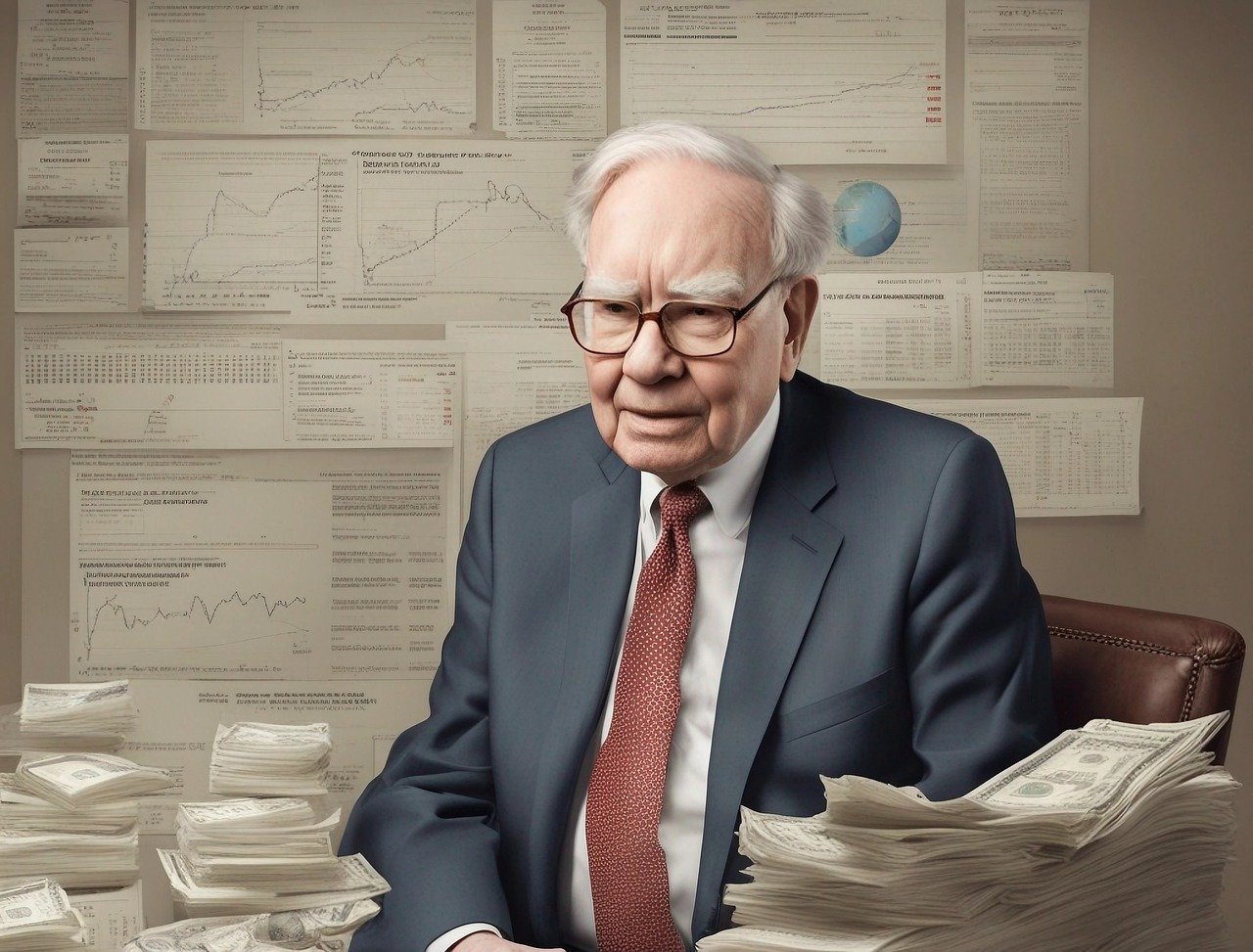The most devastating stock market crash in the entire history of the U.S. stock market, the Wall Street Crash (followed by the Great Depression).
In 1919, the United States was the first world power after World War I, with the happy 20’s. Industrialists and bankers became heroes of the nation, they were admired for all the wealth they had created out of nothing.
The economy was also in a period of great growth, with American factories producing products for old Europe.
To defray the costs of World War I, “liberty bonds” were created. These bonds paid very high yields (up to 4.25%) at practically zero risk.
The state, noting that the bond issue had been very successful, decided to issue a larger number of financial products. In addition, the stock exchange was opened to the public, as until then it had been restricted to professionals, generating greater demand.
The purchase and sale of shares was carried out through brokerage agencies, where it was done officially.
A great bull market was created that seemed to have no end, obtaining great returns with a small amount of capital.
The Federal Reserve had applied an expansive policy, significantly reducing its interest rates, so that more credit would flow and the movement of capital would increase in order to enhance the economy.
The problem was that there was over-crediting by citizens, as everyone was profiting in the stock market, people wanted to raise more and more capital, leveraging up to 1:10 (10 times their capital).
Access to credit became more than viable, and the Federal Reserve was largely to blame. Because of this excess leverage, stock prices began to inflate away from their real values, and investors, albeit belatedly, began to realize what was happening.
The stock market trend began to slow down, and unease began to build among the various investors. On Wednesday, October 23, 1929, the stock market fell 7%, acting as an indicator of what might happen the following day, on the well-remembered Black Thursday.
Thursday, October 24. Early in the morning there were huge queues at brokerages to sell the securities they held due to the fear and trepidation on Wall Street, thus bursting the inflationary bubble they were in.
To stop the debacle, the managers of the major banks decided to inject money into a series of securities that they assumed to be reliable, the so-called “Blue Chips”.
The multimillionaire Rockefeller joined the proposal, and together, they managed to get the stock market to rise again, reversing the price bleeding, investing large sums of money to restore investor confidence.
Unfortunately, this injection of confidence was cut off days later, arriving on Tuesday, October 29, 1929, known as Black Tuesday.
Stock prices fell more than any other day in the history of the New York Stock Exchange and continued to fall until January, when the bottom was reached.
The Wall Street crash was not the cause of the Great Depression, but it did mark its beginning. The manufacturing sector reduced its output, as did the automotive sector. Unemployment rose, and with it poverty, the first welfare queues arrived… in other words, the economic fabric of the United States was broken.
This serious economic crisis became internationalized, reaching practically all the regions of the main continents, causing falls in the financial markets, accelerating the unemployment rate and, as we have said before, with an unfavorable outlook for society as a whole.
As a product of this serious economic crisis, the figure of Adolf Hitler emerged, a young Austrian soldier who began to make his way as the symbol of economic salvation and German power.









